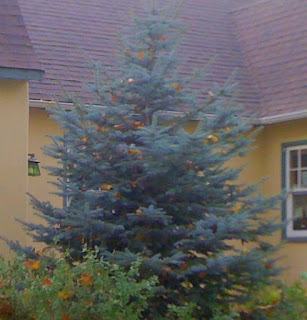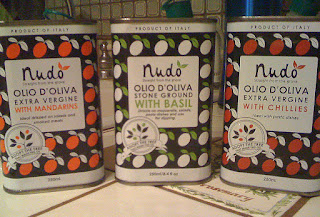Sequoia sempervirens - Coast Redwood
Origin: native to Coast Ranges from southern Oregon to the central California coast
Character: One of the West's most famous native trees, and, the tallest tree in the world. Grows rapidly, up to 5 - 10'//year. Can reach up to 350', but in the landscape, more likely to top out at 70 - 90' x 15 - 30' wide. It is very upright and columnar, growing more open with age. Most have branches that grow horizontally, extending upwards at tips.
Foliage: needles are alternate along the branchlets, stiff and pointed, extending like feathers to either side. Generally deep green, grayish beneath.
Fruit, Seed and Flower Description: 1" fruits, both male and female flowers.
Environmental Preferences: full or partial sun, moderate to regular water, complete fertilizer in the spring
Pests and Diseases: almost entirely pest free; can be sensitive to iron tie-up or deficiency which causes yellowing Handled with iron phosphates or chelates.
Sunset Zones: 4-9, 14-24
Uses: accent, specimen tree, lawn, screen or windbreak (can be planted singly or in groves, 7'+ apart), utilitarian (lumber).
Comments: Fire resistant. Some of its cultivars include, 'Aptos Blue' (dense blue-green foliage); 'Soquel' (finely textured needles); 'Los Altos' (very deep green, with a drooping, arching branches); 'Adpressa' (a dwarf redwood that grows up to 3' tall and 6' wide, nice for a rock garden)
Whether you need garden design, coaching, seasonal maintenance or planting, Geno's Garden can help!
Call me at (916) 764-5243, or email hansonja@aol.com.
Call me at (916) 764-5243, or email hansonja@aol.com.



























